Understanding Flanges and Their Importance
In the world of industrial manufacturing and assembly, the significance of flanges cannot be overstated. These essential components act as connection mechanisms between pipes, valves, and other equipment, creating secure seals to ensure the integrity of various systems. A closer look at flanges reveals a diverse range of types, applications, and specifications that are pivotal to their proper function and effectiveness in various industries.
What Are Flanges?
Flanges are mechanical components used to join two or more pieces of equipment, such as pipes or fittings. They are often made of materials designed to prevent leakage, withstand pressure, and ensure a tight seal when bolts are tightened. Typically, flanges feature a flat rim or edge, which serves as the connection point and is often machined to meet specific dimensions and tolerances. Their design can vary significantly based on their intended application, with considerations including pressure ratings, temperatures, and environmental resistance.
Types of Flanges Used in Industries
Flanges come in various types, including:
- Weld Neck Flanges: Designed for high-pressure applications, these flanges are welded to a pipe or fitting, providing excellent strength.
- Slip-On Flanges: Easiest to install by slipping over the pipe end, these flanges are commonly used in low-pressure applications.
- Blind Flanges: These flanges are used to close off piping systems. They do not have a bore and are crucial for isolating sections of piping.
- Socket Weld Flanges: Used primarily in high-pressure applications, these flanges are structured for welding the pipe inside the flange.
- Threaded Flanges: Similar to slip-on flanges but feature internal threads, making them suitable for systems that require frequent disassembly.
- Orifice Flanges: Designed for metering applications, these flanges allow for the integration of flow measurement devices.
Each type has its unique properties, suited to specific applications, pressure ratings, and material compatibilities.
Common Applications of Flanges
Flanges are utilized in a multitude of industries, including:
- Oil and Gas: Used in drilling rigs, refineries, and transportation pipelines, flanges play a crucial role in managing oil and gas flows.
- Water Supply Systems: Municipal water treatment and distribution networks rely on flanges to connect pipelines securely.
- HVAC Systems: Flanges are essential in heating, ventilation, and air conditioning systems for efficient airflow and pressure management.
- Chemical Processing: In environments that deal with corrosive materials, specialized flanges ensure safety and integrity.
- Pharmaceuticals: Flanges in these applications are designed to meet strict hygiene standards and prevent contamination.
The versatility of flanges across these various fields underscores their critical role in modern engineering and architectural design.
Material Choices for Flanges
The material selection for flanges is pivotal, impacting their performance, longevity, and suitability for specific environments. Several factors, such as pressure, temperature, and chemical exposure, must be considered.
Popular Materials for Flanges
Common materials used for flanges include:
- Carbon Steel: Favored for its strength and cost-effectiveness, carbon steel flanges are widely used in a variety of applications.
- Stainless Steel: Known for its excellent corrosion resistance, stainless steel is essential in chemical processing and food industries.
- Ductile Iron: Offers high-strength properties, ductile iron flanges are used in water applications due to their resistance to corrosion.
- Alloy Steels: These flanges provide enhanced performance at high temperatures and pressures, ideal for the oil and gas industry.
- Plastic and Composites: Used for specific fluid applications, non-metallic flanges are becoming more prevalent due to their resistance to chemical attack.
Choosing the right material is essential for the durability and efficiency of flange applications.
Corrosion Resistance in Flanges
Corrosion can compromise the integrity of flanges and lead to significant safety and operational issues. Corrosion resistance varies by material and is influenced by factors such as:
- Environment: Flanges exposed to moisture, chemicals, or extreme temperatures are at higher risk.
- Coatings: Protective coatings can be applied to enhance corrosion resistance, especially for carbon steel flanges.
- Cathodic Protection: This technique prevents corrosion through electrochemical means and is widely used in pipeline applications.
Understanding these factors can aid in selecting suitable flanges that withstand the elements of their specific operational environments.
Cost vs. Performance: How to Choose
The balance between cost and performance is crucial when selecting flanges. While less expensive materials might entice budget-minded projects, they can often result in higher maintenance and replacement costs. Conversely, investing in high-performance flanges can provide:
- Durability: Longer service life, reducing the frequency of replacements and downtime.
- Safety: High-quality flanges reduce the risk of leaks or failures in critical systems.
- Performance: Better performance in extreme conditions, which can enhance overall system efficiency.
Understanding the project requirements and potentially consulting with engineers or suppliers can refine the decision-making process regarding cost versus performance.
Installation and Maintenance of Flanges
Proper installation and maintenance of flanges are essential for ensuring their longevity and effective performance. An incorrect installation can lead to leaks, failures, and costly downtimes.
Best Practices for Flange Installation
When installing flanges, consider the following best practices:
- Surface Preparation: Ensure the mating surfaces are clean and free from debris, rust, or oxidation to achieve a reliable seal.
- Gasket Selection: Choose a gasket compatible with both the flange material and media being transported to minimize the risk of leaks.
- Tightening Sequence: Follow a proper tightening sequence to evenly distribute pressure across the flange joint, preventing warping.
- Torque Specifications: Adhere to the manufacturer’s torque recommendations to avoid over-tightening or under-tightening.
Following these guidelines significantly reduces the risk of installation-related failures.
Maintenance Tips to Extend Flange Life
To further extend the life of flanges, routine maintenance is essential. Consider implementing these practices:
- Regular Inspections: Check for leaks, corrosion, and physical damage periodically to identify issues before they escalate.
- Gasket Replacement: Gaskets have a limited lifespan and should be replaced as part of regular maintenance schedules.
- Cleaning: Maintain cleanliness around flanges to prevent contaminants from infiltrating the joint and compromising its integrity.
- Monitoring Pressure and Temperature: Regularly monitor operational conditions to ensure they remain within design specifications.
These routine checks can prolong the operational life of flanges and reduce the likelihood of abrupt failures.
Common Installation Mistakes to Avoid
Several common installation errors can lead to flange failure. Awareness of these pitfalls is important:
- Incorrect Torque Settings: Not adhering to specified torque can either crush gaskets or fail to secure a good seal.
- Over-tightening: This can lead to flange warping, cracking, or gasket extrusion.
- Using Wrong Gaskets: Incompatible or degraded gaskets are common causes of leaks.
- Failure to Inspect: Neglecting pre- and post-installation inspections can overlook critical issues.
A proactive approach to installation and maintenance will greatly enhance flange reliability.
Performance Metrics and Standards for Flanges
The performance and reliability of flanges are guided by industry standards and metrics that ensure they meet specific operational criteria.
Industry Standards Governing Flanges
Flanges must comply with various international standards, including:
- ANSI (American National Standards Institute): Specifies the pressure and temperature ratings for flanges in the United States.
- ASME (American Society of Mechanical Engineers): Covers various design, material, and testing requirements for flanges used in the pressure vessel and piping industry.
- ISO (International Organization for Standardization): Establishes global standards for flange dimensions and testing methods.
Adhering to these standards is critical for ensuring safety and compatibility in industrial applications.
Measuring the Performance of Flanges
Performance metrics for flanges typically involve evaluating:
- Pressure and Temperature Ratings: Determining the maximum pressures and temperatures at which the flange can effectively operate.
- Leak Testing: Using various methods to ensure that the flange seal performs as expected under operating conditions.
- Durability Tests: Evaluating flanges based on their resistance to wear, corrosion, stress, and environmental factors.
Thorough testing helps maintain the operational integrity of systems that rely on flanges.
Quality Control Practices for Flanges
Implementing rigorous quality control measures ensures that flanges meet required standards and specifications. Key practices include:
- Vendor Certification: Sourcing flanges from certified suppliers who adhere to recognized manufacturing standards.
- Material Inspection: Testing raw materials for composition and properties before fabrication.
- Final Testing: Conducting leak tests, dimensional checks, and pressure tests on final products before installation.
Quality control effectively reduces the risk of failures and enhances safety in industrial applications.
Future Trends in Flange Manufacturing
As industries evolve, the demand for innovative techniques and sustainability practices in flange manufacturing has become more pronounced. Future trends indicate significant shifts influenced by technology and environmental considerations.
Emerging Technologies in Flange Design
Technological advancements are leading to enhanced flange designs. Innovations include:
- 3D Printing: This technology allows for rapid prototyping and the ability to create complex geometries that traditional methods cannot achieve.
- Computer-Aided Design (CAD): Advanced modeling enables exact specifications and reduces the trial-and-error phase during production.
- Smart Materials: The development of responsive materials can enhance performance, making flanges adaptable to changing conditions.
These technologies will streamline production while enhancing the functionalities of flanges in various applications.
Sustainability in Flange Production
With heightened awareness of environmental issues, flange manufacturing is increasingly focusing on sustainability practices. Key strategies include:
- Material Recycling: Utilizing recycled materials in the production of flanges reduces carbon footprints and preserves natural resources.
- Lean Manufacturing: Adopting lean principles to minimize waste and streamline processes enhances efficiency in production.
- Energy-Efficient Practices: Implementing energy-efficient systems and practices can significantly reduce operational costs and environmental impact.
These efforts not only contribute to environmental sustainability but also can boost a company’s reputation and market competitiveness.
Innovations Impacting the Flange Market
As industries demand more from their components, innovations affecting the flange market are emerging, including:
- Increased Customization: Industries are demanding flanges tailored to specific operational needs, leading to more manufacturers offering customization options.
- Smart Technology Integration: Flanges equipped with sensors can monitor pressure and temperature, sending real-time data to operators, enhancing operational safety and efficiency.
- Global Supply Chain Innovation: Improved logistics and digital systems facilitate better management of supply chains for flange production and distribution.
These innovations are pivotal in adapting to the evolving demands within multiple industries and ensuring the continued success of flange applications.
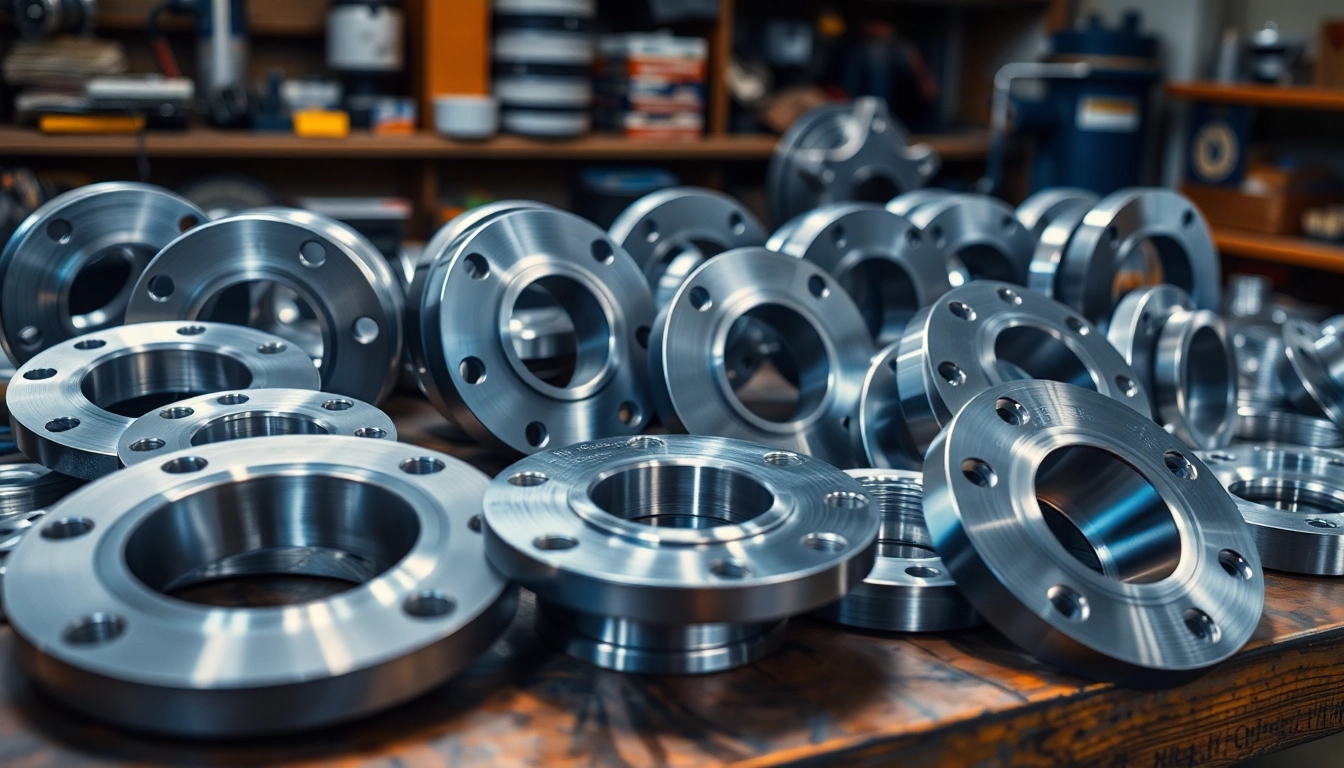
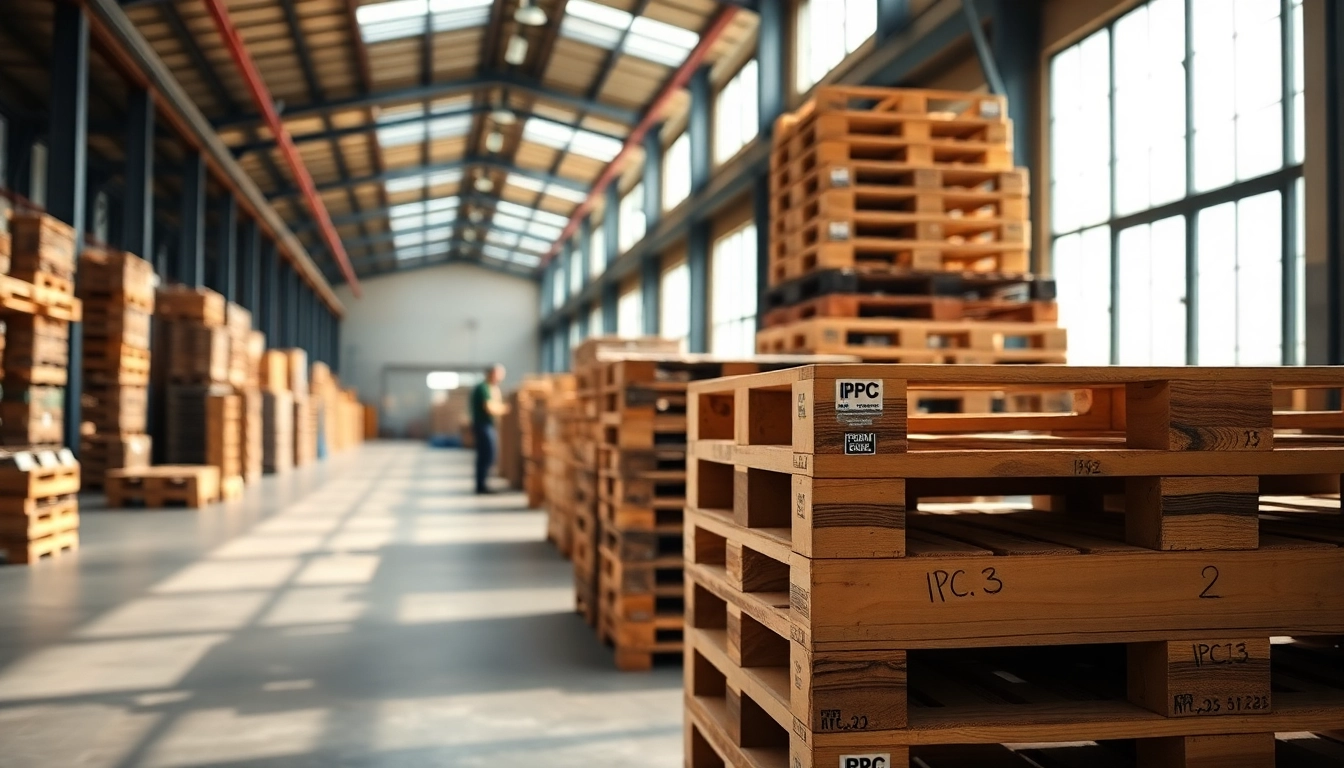
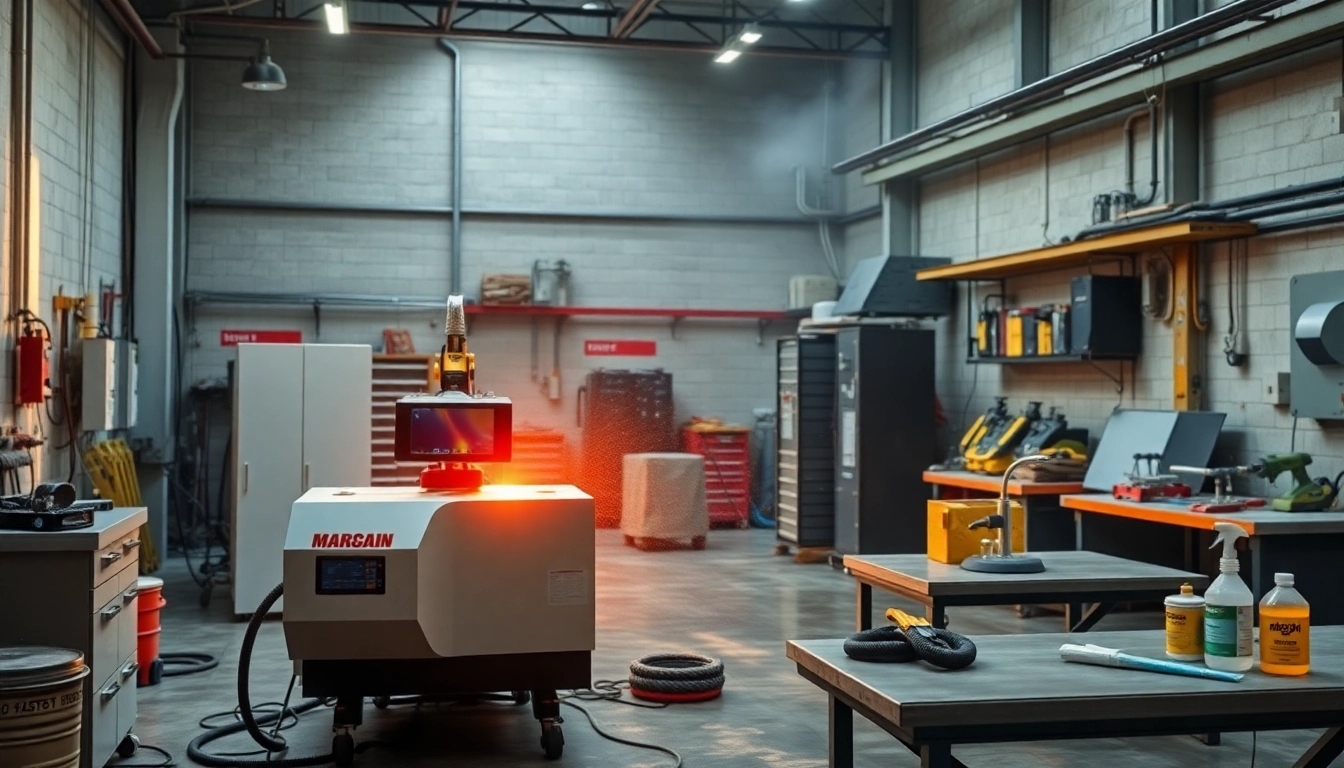





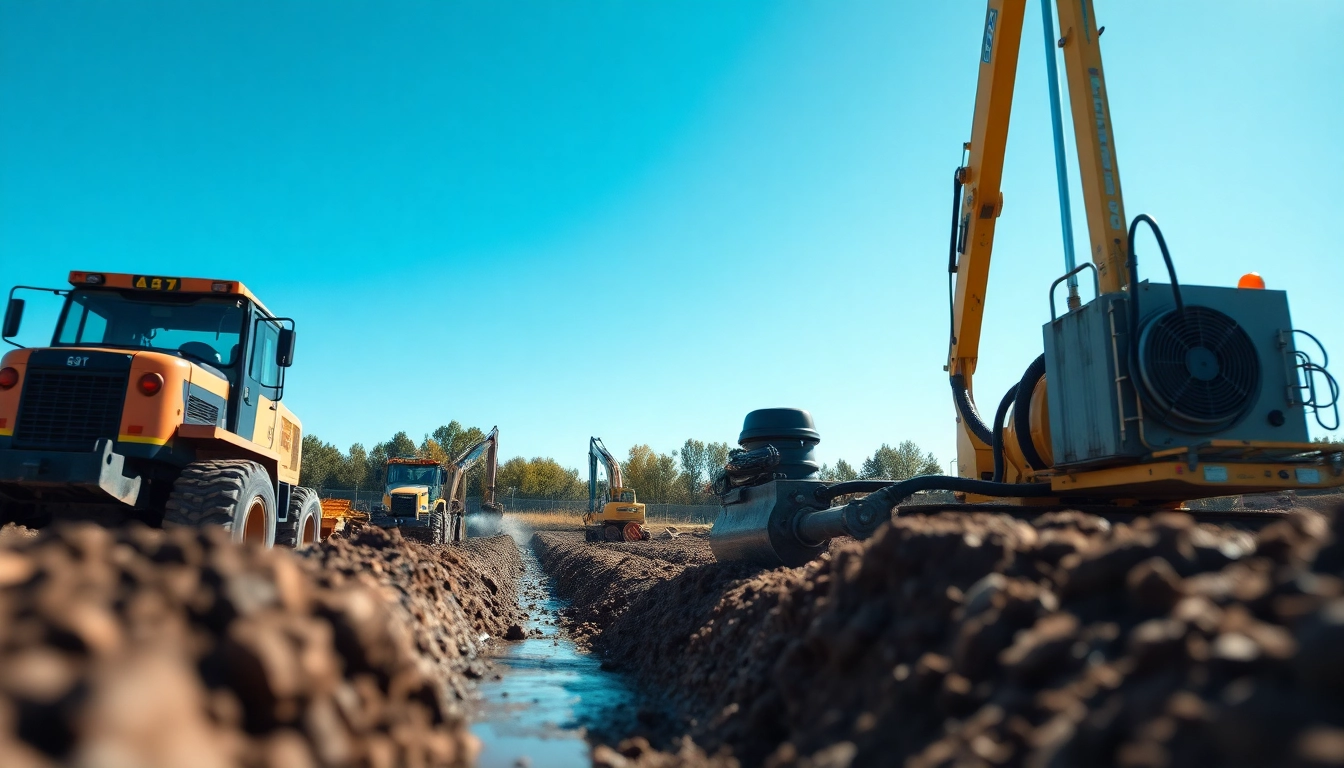


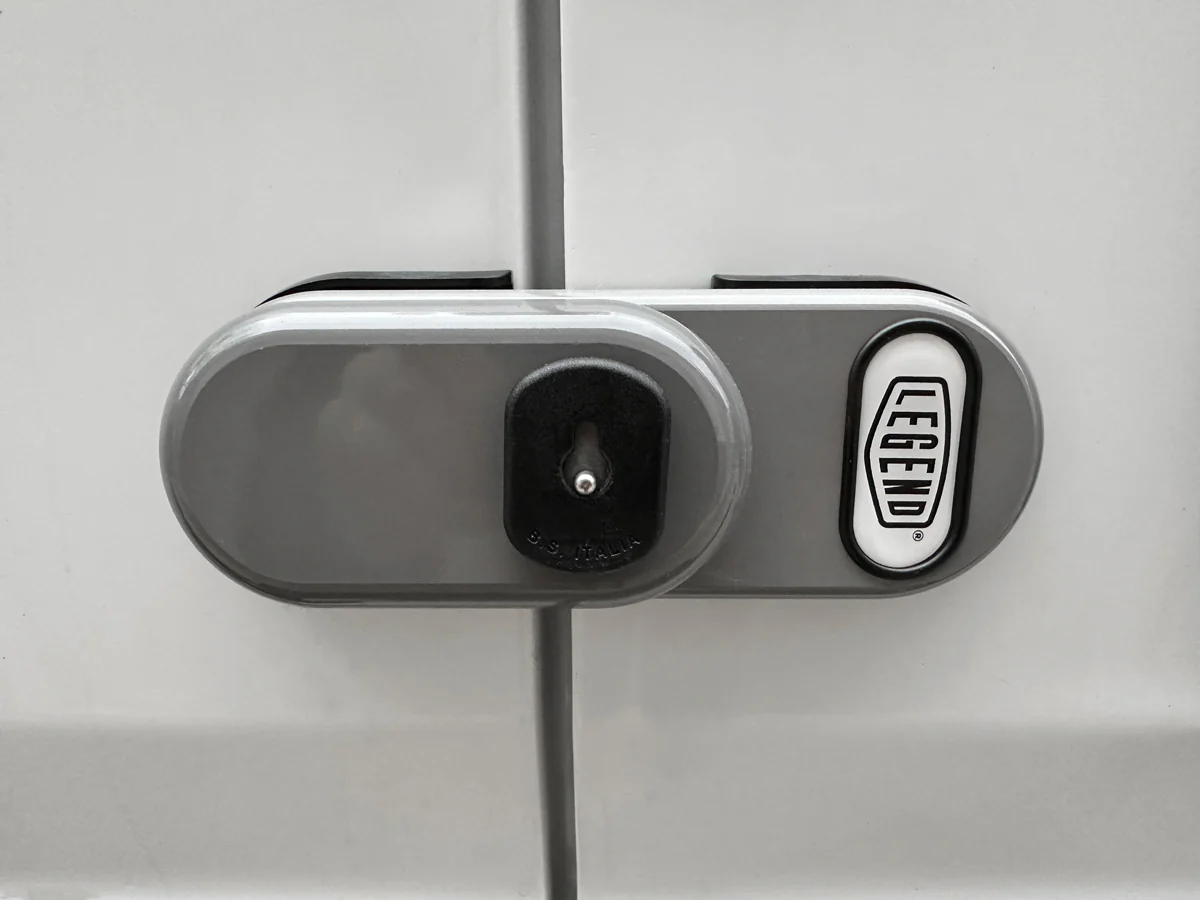


Leave a Reply